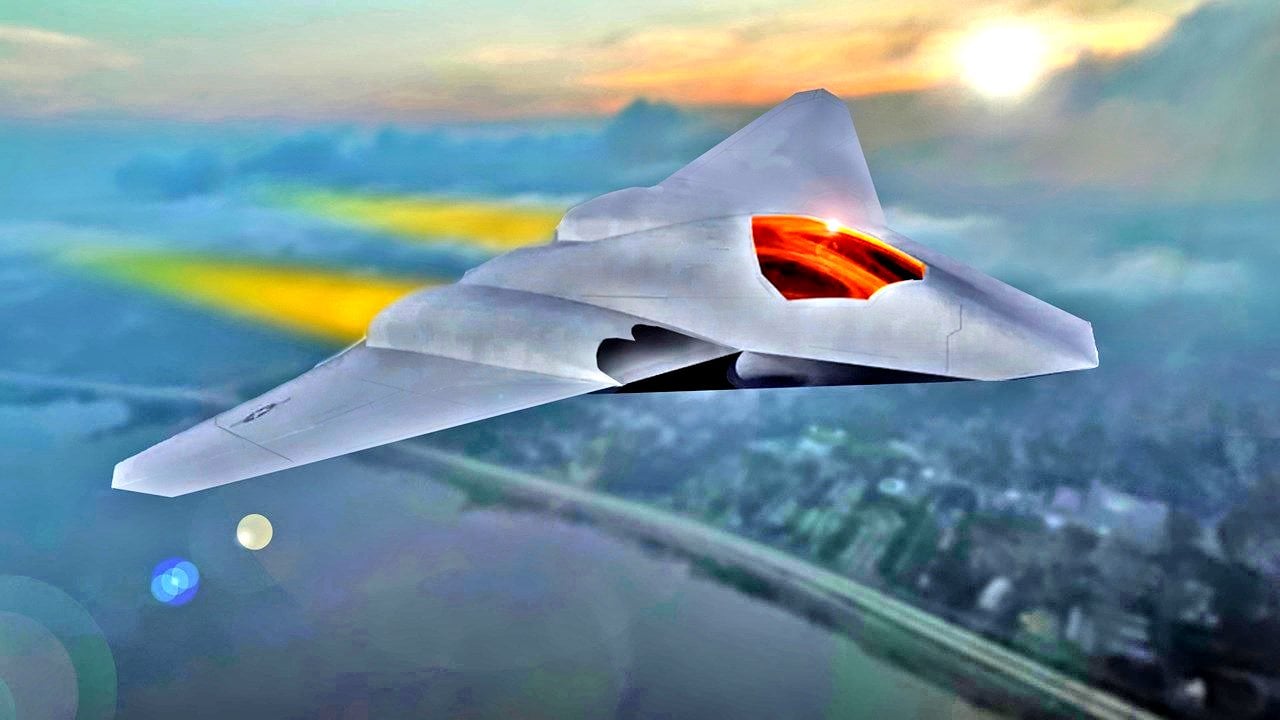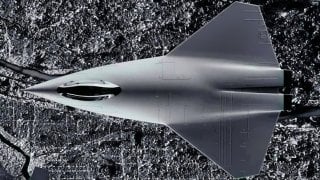The Air Force's NGAD Fighter Could Be Unmanned?
The U.S. Air Force's Next Generation Air Dominance (NGAD) program, intended to replace the F-22 Raptor, faces significant challenges as costs for the sixth-generation fighter may soar to three times that of the F-35. Concerns about the fighter's longevity beyond the 2030s have led to debates over its development.
NGAD Going No Pilot? The U.S. Air Force's Next Generation Air Dominance (NGAD) program, intended to replace the F-22 Raptor, faces significant challenges as costs for the sixth-generation fighter may soar to three times that of the F-35. Concerns about the fighter's longevity beyond the 2030s have led to debates over its development.
-Meanwhile, the Collaborative Combat Aircraft (CCA), an unmanned system designed to support the NGAD, could offer a cheaper, adaptable alternative.
What It All Could Mean? As the Air Force grapples with rising costs, a shortage of pilots, and evolving technology, the possibility of shifting to unmanned fighters becomes increasingly likely.
Air Force's Next-Gen Fighter: Is NGAD Cost Worth It?
The U.S. Air Force's Next Generation Air Dominance (NGAD) program has had more than its fair share of turbulence this year.
The NGAD is billed as a family of systems. Air Force officials have warned that the sixth-generation fighter component of the program, which is meant to replace the F-22 Raptor fifth-generation air superiority fighter, could end up costing up to three times as much as the F-35 Lightning II.
The F-22 was developed at the end of the Cold War and was itself scaled back due to costs.
At the same time, the air service is facing rising costs for the B-21 Raider, the future backbone of the bomber fleet. The long-range strategic bomber is now set to enter service by the end of the decade. It will gradually replace the B-1B Lancer and the B-2 Spirit while operating alongside the B-52 Stratofortress.
Less clear is the path forward for the NGAD. Air Force officials have voiced public concerns that the manned aircraft might not be able to maintain its edge beyond the 2030s. Given that it could cost billions to develop and billions more to produce, officials are right to worry about staying on course. The Air Force doesn't want to repeat the mistakes made with the F-22 or the B-2, which saw costs skyrocket after the programs were scaled back considerably.
Loyal Wingman or Just a Drone?
The NGAD fighter is being developed alongside the Collaborative Combat Aircraft (CCA), an unmanned aerial system that could pair with the manned fighter. The services see this as a more disposable platform that won't see decades of service.
"'Built to last' is a tremendous 20th-century bumper sticker, but the assumption was: whatever you had was relevant as long as it lasted. I'm not sure that's relevant anymore,” Air Force Chief of Staff Gen. David Allvin said at a June 13 Air & Space Forces Association event. “So that's why we aren't building in a sustainment structure. 10 years after this, I'm hoping the technology will make it so that CCA won't be as relevant, but it might be adaptable, and that's what we're building into modularity and adaptability."
The CCA could consist of mission-specific drones that are far cheaper than a manned fighter and would be semi-expendable depending on the mission. Each might cost in the millions of dollars, and possibly even less, instead of the hundreds of millions of dollars that the NGAD fighter is now touted to cost.
Unless the Air Force goes in another direction entirely.
Last month, Secretary of the Air Force Frank Kendall told Breaking Defense, "I'm confident there’s going to be a sixth-generation fighter. I'm reasonably confident that it's going to be crewed."
Does that leave the door open for the aircraft to be unmanned? Perhaps it does. The UK's Tempest fighter program, which has been rolled into the Global Combat Air Programme, called for an "optionally manned fighter" supported by drones.

It is possible that the Air Force may see the warning signs that a manned sixth-generation fighter is going to be far too expensive – even one supported by dozens, perhaps hundreds of lower-cost CCA drones. The issue would be that one lucky shot or pilot error that results in a very expensive loss. Drone technology continues to improve and might be able to offer more proverbial bang for the buck than a manned fighter.
Coupled with a shortage of pilots, an issue that is on track to get worse, not better, and the future might be one of unmanned fighters.
Author Experience and Expertise: Peter Suciu
Peter Suciu is a Michigan-based writer. He has contributed to more than four dozen magazines, newspapers, and websites with over 3,200 published pieces over a twenty-year career in journalism. He regularly writes about military hardware, firearms history, cybersecurity, politics, and international affairs. Peter is also a Contributing Writer for Forbes and Clearance Jobs. You can follow him on Twitter: @PeterSuciu. You can email the author: [email protected].
Image Credit: Creative Commons.


